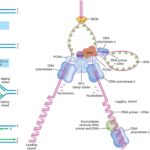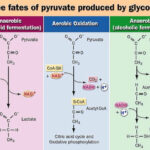The construction of Parenchyma cells
The construction of Parenchyma cells
Please login to submit an answer.
Parenchyma Tissue – Characteristics, Structure, Types, Functions
Parenchyma cells are the most common and versatile type of plant cells, forming the majority of ground tissue in plants.
These cells are typically living, thin-walled, and unspecialized, allowing them to perform a variety of functions depending on their location within the plant.
Parenchyma cells are characterized by their thin primary cell walls composed of cellulose, which makes them flexible and capable of expansion.
The cytoplasm of parenchyma cells contains a large central vacuole, which stores water and maintains turgor pressure, contributing to the structural integrity of the plant.
The intercellular spaces between parenchyma cells facilitate gas exchange and allow for the movement of water and nutrients throughout the plant.
Parenchyma cells can differentiate into other cell types, such as collenchyma and sclerenchyma, during the plant’s development, demonstrating their totipotency.
These cells are found in various plant organs, including leaves (mesophyll), stems, roots, and fruits, where they serve functions like photosynthesis, storage, and tissue repair.
In leaves, parenchyma cells containing chloroplasts are known as chlorenchyma and are responsible for photosynthesis.
In roots and stems, parenchyma cells often store starch, water, and other nutrients, contributing to the plant’s overall energy reserves.
Parenchyma tissue plays a significant role in healing and regeneration; when a plant sustains injury, parenchyma cells can proliferate and differentiate into specialized cell types, aiding in the repair of damaged tissues.
- Share on Facebook
- Share on Twitter
- Share on LinkedIn
Helpful: 0%




